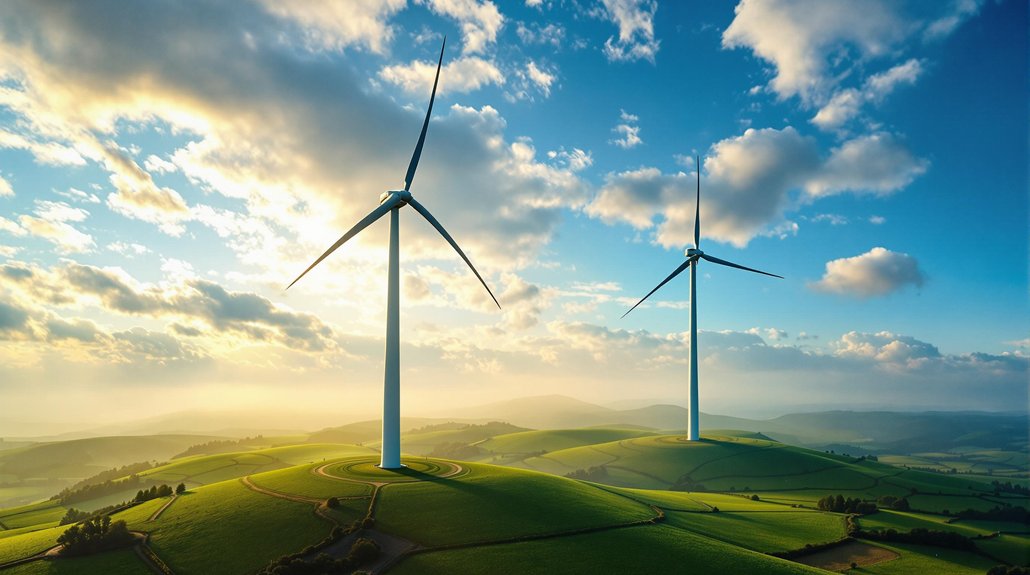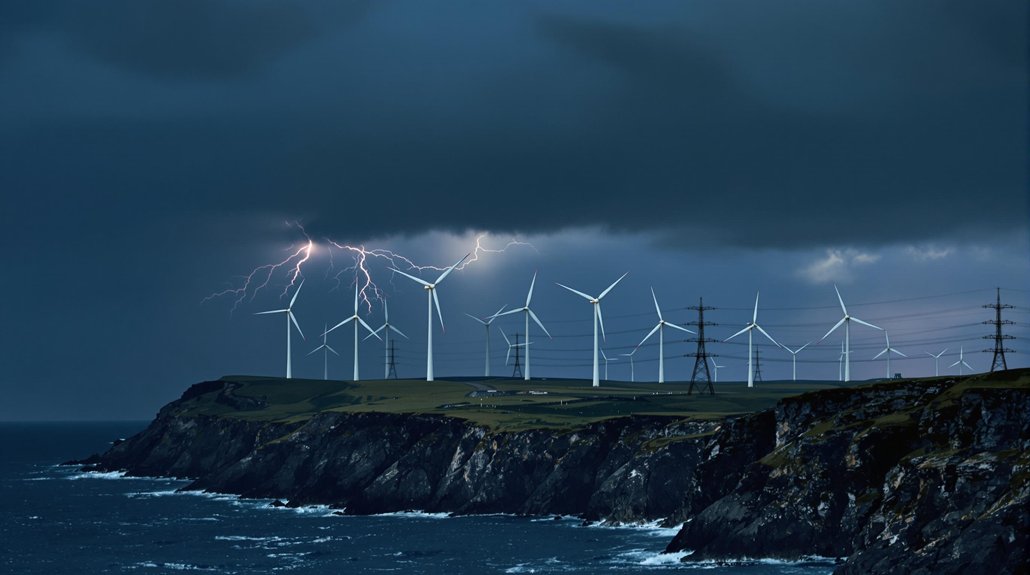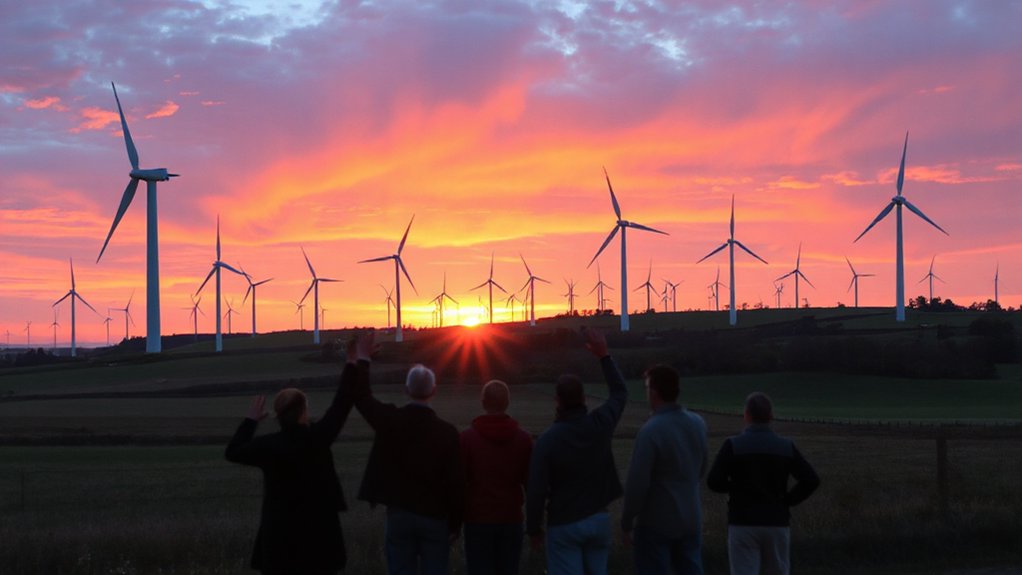Wind turbines across the globe share a common feature that few notice—most spin clockwise. This industry standard emerged from early design conventions and practical maintenance needs. However, a small number of manufacturers have challenged this norm by creating counterclockwise models, claiming improved aerodynamic efficiency. Engineers continue to debate whether this alternative rotation truly offers advantages or merely complicates an established system. The question remains: does the direction of spin matter for our renewable energy future?
While most people notice the size and height of wind turbines from a distance, their rotation direction follows a specific pattern that engineers have standardized across the industry. When viewed from upstream, most turbine blades spin clockwise. This isn’t random but rather a deliberate design choice that has become the norm across wind farms worldwide.
The direction isn’t influenced by which way the wind blows. Instead, manufacturers chose clockwise rotation early in wind energy development, and this choice has stuck. The consistency makes it easier to produce turbine parts that work together and simplifies maintenance procedures throughout the industry.
Wind turbine rotation direction is a product of industry standardization, not aerodynamic necessity.
What’s interesting is that there’s no technical reason why turbines couldn’t spin counterclockwise. Some models do rotate in this direction, though they’re much less common. These alternative designs create different aerodynamic effects in the air behind the turbine, known as the wake.
When turbines spin, they create a wake that rotates in the opposite direction of the blades. This wake behavior varies based on whether the blades turn clockwise or counterclockwise. The Earth’s atmospheric conditions, including a phenomenon called the Ekman spiral, interact with these wakes differently depending on which hemisphere the turbine is located in.
Scientists have found that counterclockwise blades can actually strengthen certain airflow patterns in the wake, while clockwise rotation may weaken them. These differences might seem small, but they can affect how efficiently nearby turbines capture energy. The turbine’s efficiency is often measured by its power coefficient (Cp), which cannot exceed the theoretical Betz limit of 0.59.
Wind turbines need wind speeds of at least 9 mph to operate but must shut down when winds exceed 55 mph to prevent damage. Even when conditions are right, turbines might remain still due to maintenance, icing, or to avoid overloading the power grid. In areas like Canadian County, the average wind speed of 17.51 mph makes it an ideal location for wind energy production.
The debate about rotation direction continues among engineers, but most stick with the clockwise standard. It’s a case where industry standardization has won out over potential aerodynamic advantages that might come from customized rotational direction. Modern turbines are becoming increasingly sophisticated, with some reaching heights of over 150 meters to capture stronger, more consistent winds at higher altitudes.








